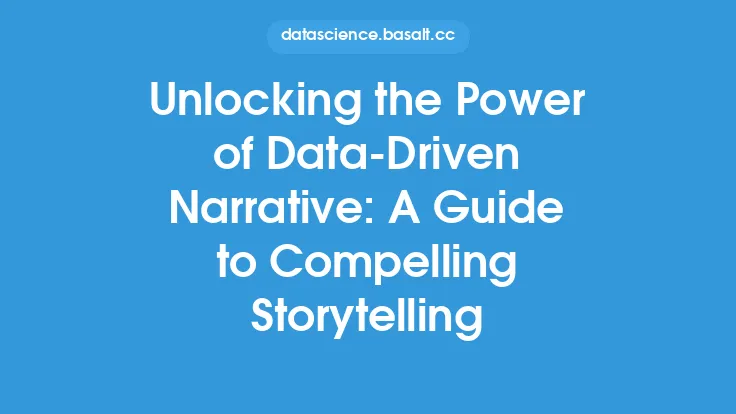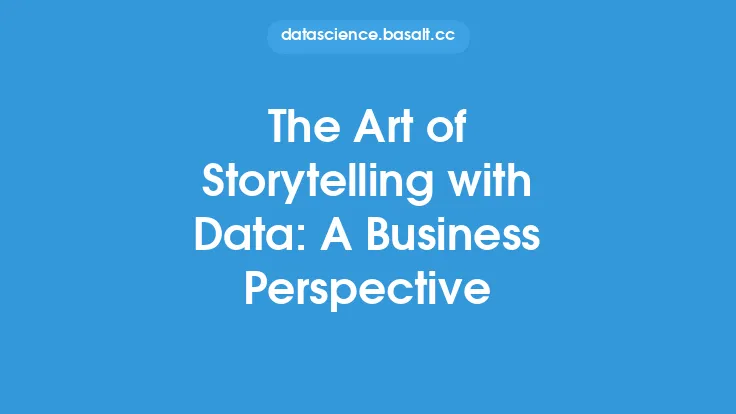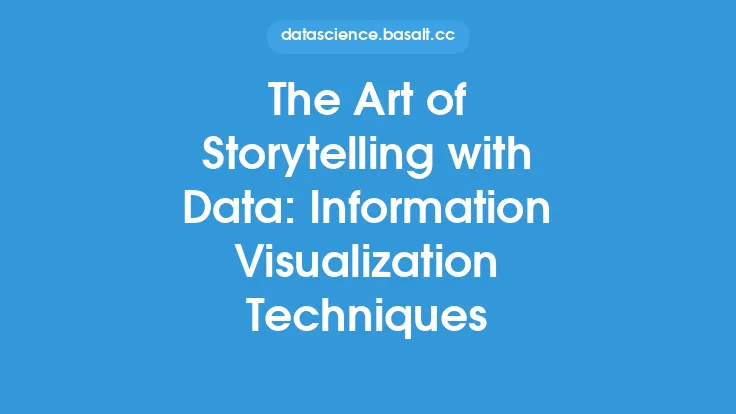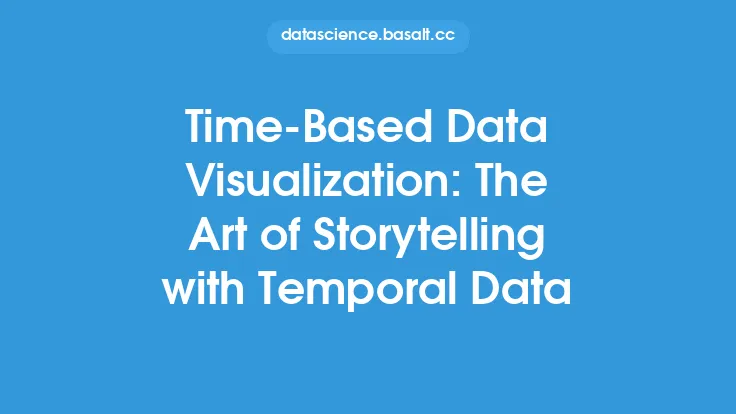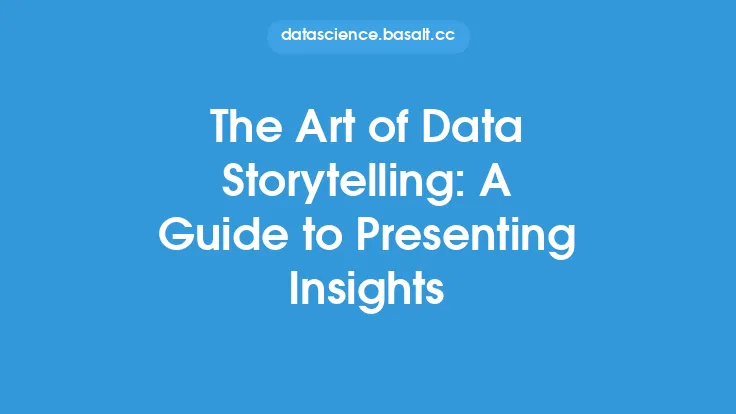As a journalist, being able to effectively communicate complex information to the public is crucial. With the increasing availability of data, journalists have a unique opportunity to tell stories that are backed by evidence and provide valuable insights to their audience. However, to do this successfully, journalists need to be able to extract insights from data, identify patterns and trends, and present their findings in a clear and compelling way. This requires a combination of technical skills, such as data analysis and visualization, and traditional journalism skills, such as storytelling and interviewing.
Introduction to Data-Driven Storytelling
Data-driven storytelling is the process of using data to tell a story that is both informative and engaging. It involves using data to identify trends, patterns, and correlations, and then presenting this information in a way that is easy for the audience to understand. This can be done using a variety of techniques, including data visualization, interactive graphics, and narrative storytelling. The key to successful data-driven storytelling is to be able to extract insights from data and present them in a way that is both accurate and engaging.
The Importance of Data Analysis
Data analysis is a critical component of data-driven storytelling. It involves using statistical techniques to extract insights from data and identify patterns and trends. Journalists need to be able to analyze data to identify the story behind the numbers and to provide context and meaning to their findings. This requires a range of technical skills, including data cleaning, data transformation, and data visualization. Journalists also need to be able to evaluate the quality of the data they are working with and to identify any potential biases or limitations.
Data Visualization Techniques
Data visualization is a powerful tool for communicating complex information to the public. It involves using graphical representations to display data in a way that is easy to understand. There are many different data visualization techniques that journalists can use, including bar charts, line graphs, scatter plots, and interactive graphics. The key to effective data visualization is to be able to select the right technique for the story and to present the data in a way that is both accurate and engaging. Journalists should also be aware of the potential pitfalls of data visualization, such as misleading or confusing graphics, and take steps to avoid these.
The Role of Narrative in Data-Driven Storytelling
Narrative is a critical component of data-driven storytelling. It involves using storytelling techniques to present the insights and findings from the data in a way that is engaging and easy to understand. Journalists need to be able to craft a compelling narrative that puts the data into context and provides meaning and significance to the findings. This requires a range of skills, including interviewing, writing, and editing. Journalists should also be aware of the potential pitfalls of narrative, such as oversimplifying or distorting the data, and take steps to avoid these.
Best Practices for Data-Driven Storytelling
There are several best practices that journalists can follow to ensure that their data-driven stories are effective. These include:
- Being transparent about the data and methods used
- Providing context and background information to help the audience understand the story
- Using clear and concise language to present the findings
- Avoiding jargon and technical terms that may be unfamiliar to the audience
- Using data visualization and interactive graphics to present the data in a way that is engaging and easy to understand
- Providing opportunities for the audience to engage with the story and explore the data in more detail.
Technical Skills for Data-Driven Storytelling
To be successful in data-driven storytelling, journalists need to have a range of technical skills. These include:
- Data analysis and statistical techniques
- Data visualization and interactive graphics
- Programming languages such as Python, R, or SQL
- Data management and cleaning techniques
- Web development and design skills
- Familiarity with data tools and software, such as Excel, Tableau, or Power BI.
Overcoming Challenges in Data-Driven Storytelling
There are several challenges that journalists may face when working on data-driven stories. These include:
- Finding and accessing relevant data
- Evaluating the quality and reliability of the data
- Analyzing and interpreting large datasets
- Presenting complex information in a way that is easy to understand
- Avoiding potential pitfalls, such as misleading or confusing graphics
- Meeting tight deadlines and working under pressure.
Conclusion
Data-driven storytelling is a powerful tool for journalists to tell complex and engaging stories. By combining technical skills, such as data analysis and visualization, with traditional journalism skills, such as storytelling and interviewing, journalists can create stories that are both informative and engaging. To be successful in data-driven storytelling, journalists need to be able to extract insights from data, identify patterns and trends, and present their findings in a clear and compelling way. By following best practices and staying up-to-date with the latest technical skills and tools, journalists can create data-driven stories that provide valuable insights and engage their audience.
